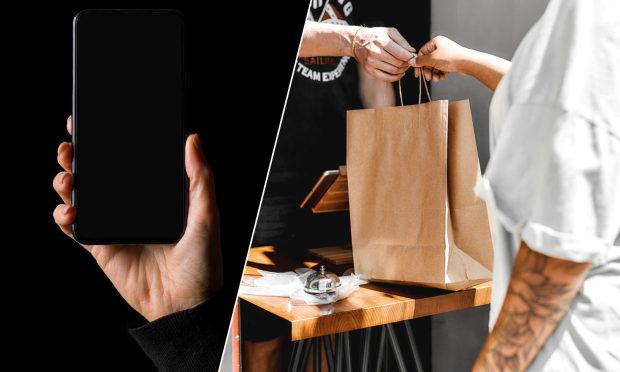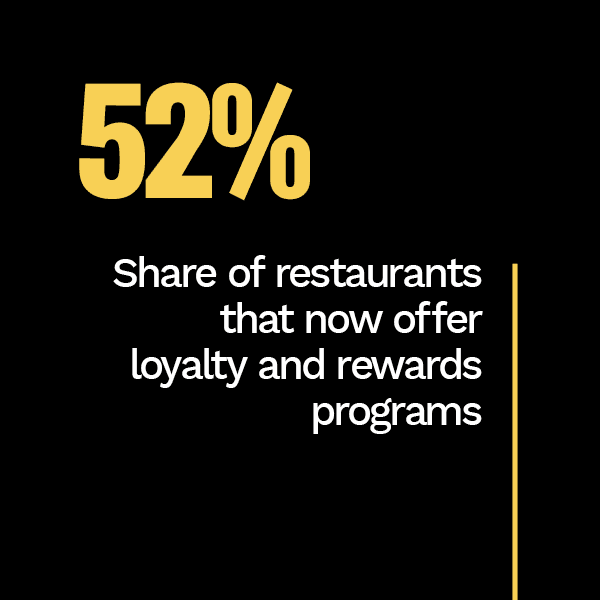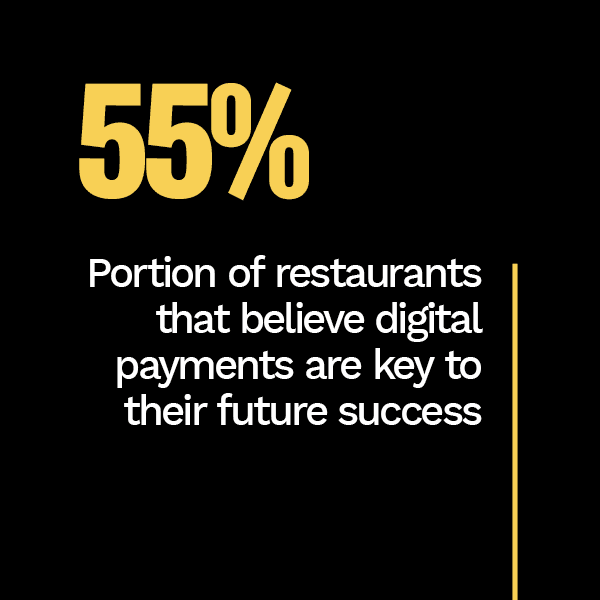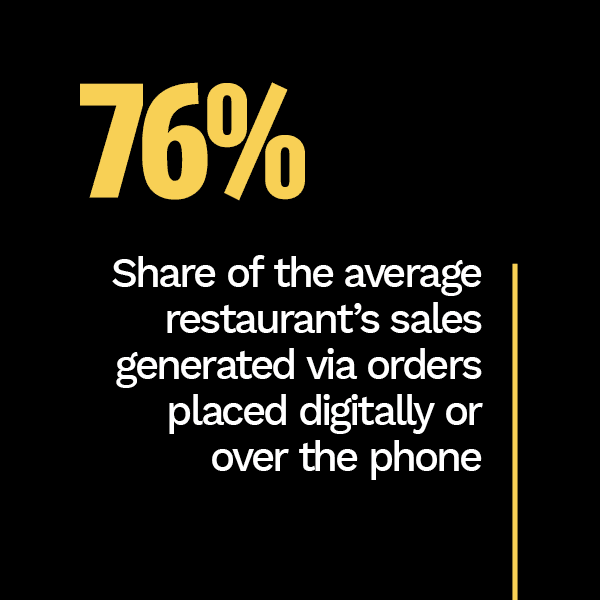NEW REPORT: QSRs’ Lagging Loyalty-Reward Investment Hurts Innovation And Sales

The 2021 edition of the Restaurant Readiness Index, a PYMNTS and Paytronix collaboration, takes a close look at how the past 16 months have fundamentally changed the way that restaurants engage with their customers.
 Restaurants across the United States have weathered a trying 16 months since March 2020, but it appears that the uncertainties of the recent past are finally behind for most of them. The majority are confident in their financial futures, with 69 percent believing that their 2021 revenues will be on par with or even exceed those generated in 2019. It is thus clear that while nothing can guarantee that these predictions will come to fruition, there is widespread consensus that financial struggles comparable to that they experienced after the outbreak are out of the cards.
Restaurants across the United States have weathered a trying 16 months since March 2020, but it appears that the uncertainties of the recent past are finally behind for most of them. The majority are confident in their financial futures, with 69 percent believing that their 2021 revenues will be on par with or even exceed those generated in 2019. It is thus clear that while nothing can guarantee that these predictions will come to fruition, there is widespread consensus that financial struggles comparable to that they experienced after the outbreak are out of the cards.
Gaining this newfound confidence has not been easy, however. The restaurant industry has undergone countless dramatic changes since the pandemic began, and adjusting to these changes has required many food sellers to rethink how they approach sales and service. The most obvious example was the shift from on-site to remote dining. Remote orders placed digitally via app, aggregator or online have are now most restaurants’ bread and butter. Sixty-nine percent of the average restaurant’s sales are now generated either digitally or over the phone, in fact, compared to just 31 percent of sales that are generated by orders eaten on-site.
This is but one of many key industry changes that PYMNTS, in collaboration with Paytronix, has uncovered in the 2021 edition of the Restaurant Readiness Index. We surveyed 514 quick-service restaurant (QSR) and full-service restaurant managers from across the United States between April 1 and May 21, 2021, about how much of their sales are now generated online and which features they now believe are key to their future success. This analysis gives us actionable insights into what restaurants need to stay ahead in this new, digital-first ecosystem. PYMNTS has also compiled survey data collected from more than  25,000 U.S. consumers since September 2020 to discover whether restaurants’ order and loyalty offerings meet their customers’ shifting expectations.
25,000 U.S. consumers since September 2020 to discover whether restaurants’ order and loyalty offerings meet their customers’ shifting expectations.
Our research shows that most restaurants are hitting the mark on their digital ordering features. Twenty-four percent more restaurants now allow their customers to pay via digital wallets than compared to last year, for example, and 77 percent more restaurants allow their customers to pay using some form of digital payment. This shows that restaurants’ drive to convert their increasingly digital-first customers has in some ways served as a catalyst for digital restaurant innovation.
There are nevertheless several key features restaurants tend to underestimate, and loyalty programs are at the top of the list. Many restaurants are unaware of just how many of their customers want to use loyalty programs, with only 13 percent of restaurant managers believing that such program s will be integral to their future success. This compares to 16 percent of consumers who would spend more on food orders if they could earn rewards for their purchases as well as be willing to spend more on orders for rewards than for any other feature.
s will be integral to their future success. This compares to 16 percent of consumers who would spend more on food orders if they could earn rewards for their purchases as well as be willing to spend more on orders for rewards than for any other feature.
Ordering features like these offer only a small glimpse into how the past 16 months have reshaped consumers’ restaurant expectations, however. The Restaurant Readiness Index provides a comprehensive overview of how restaurants can best meet customers’ rapidly shifting expectations.
To learn more about what it takes to succeed in the new, digital-first restaurant ecosystem, download the report.
